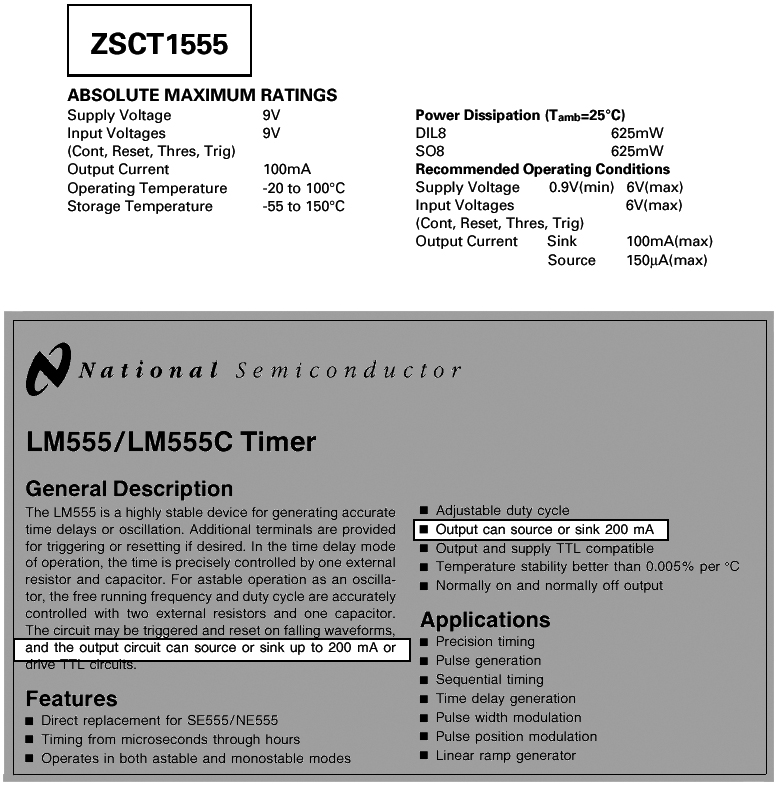With TJ Byers
Sink Or Source
Question:
What is the significance between a current source and a current sink? Why would I want to use one rather than the other, especially in regard to their use with photosensors in an industrial environment?
Bill Tipton W4TAL/CET
via Internet
Answer:
A source is an emitter of electrons and a sink is a collector of electrons, or a receptacle. To understand the concept, look no further than your kitchen. The kitchen faucet is a supplier of water, and therefore is a source.
The sink is, well ... a sink, a place where the water goes. Faucets cannot accept water and sinks can't emit water — unless the garbage disposal goes crazy, but that's another story for another time.
As a rule, a current source comes from the high side (positive) of the circuit, and a current sink is on the low side (negative) — usually ground. The amount of current either can handle is determined by circuit design and the properties of the chips involved. Take the example of the ZSCT1555 timer above, and compare it to the LM555 specifications.

One can source a full 200 mA, while the other is hard pressed to source .00015 mA — yet both are capable of sinking 100 mA. You'll find this kind of variation between sink and source often, and you need to pay attention to it when working with new designs.
As to which is best for use with photosensors, it depends on how the sensor fits with the rest of the circuit. Do you want to reference your sensor to ground? Then you want a good current sink. Floating ground applications, where the sensor is tied to Vcc or its equivalent, a stable current source is in order. For differential inputs, the two sources should be matched and tracking.


Comments